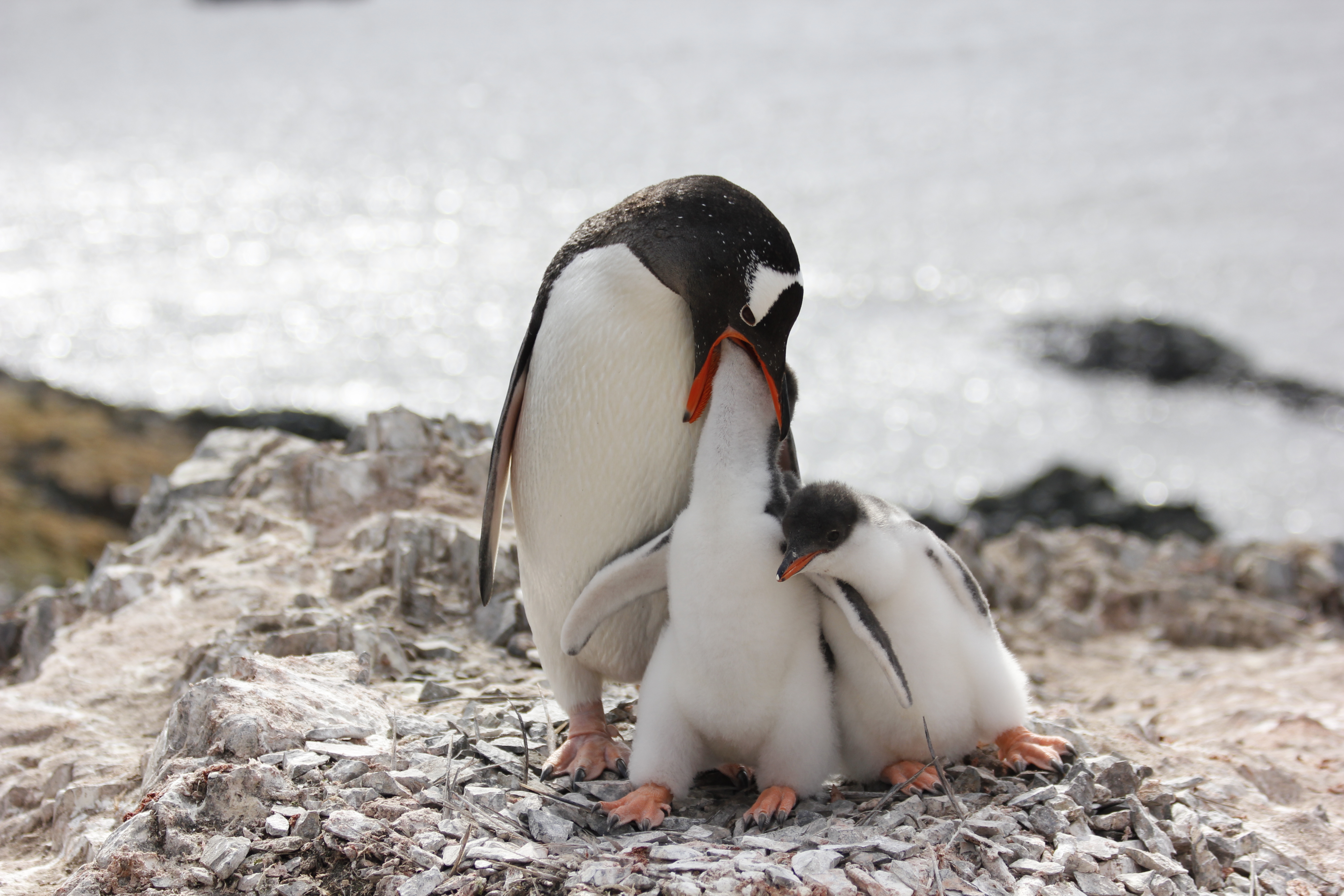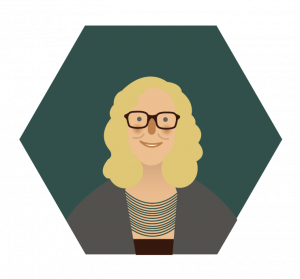5 We Have to Go Deeper
How to Facilitate Deep Learning
Read, Regurgitate, and Repeat, Right? NOPE! How to facilitate deep learning with help from UDL principles
by Joanna Hodge and Laura Gibson, Fleming College
You don’t need to wonder if that glazed look from some of your students in the middle of a lecture means that they are absorbing every single riveting word you utter. It doesn’t. And it can be pretty disheartening. After I experienced this I decided to try to figure out what was going wrong, and how I could improve retention and understanding of fundamental concepts.

Back in the early nineties, when I was at university, lectures were delivered to 300 students in a giant lecture theatre, with content on the blackboard or overhead projectors. There was no LMS, no Google, and no Internet for students. So I went to class, wrote notes, read the textbook and churned out the memorized information back to the examiners. Read, regurgitate, repeat. I was fortunate to have a good memory, so I passed, graduated, and then forgot most of what I had learnt. Fifteen years later after a career in industry, and some more time at university, I found myself at Fleming College, about to teach a course that I knew nothing about, and with no teaching background upon which to draw. Holy cow! What was I to do?
I turned to what I did know about teaching; the way I had been taught – chalk and talk. I rapidly discovered at exam time that it wasn’t working. Despite putting considerable effort into creating content and assessment, the students were not retaining the material, and at the end of the semester had a very poor grasp of fundamental concepts that were critical to advancement in their chosen careers. I needed a new approach, so I reflected upon the ways that I learnt about concepts with which I was unfamiliar, but more importantly, how I came to understand those concepts, and not just memorize them. This was what I wanted for my students – comprehension, the ability to observe, describe and connect concepts and processes – deep learning.
I went back to basics and reviewed the course outline. What were the learning outcomes? Were the students meeting those outcomes? I was providing them with the content, (teaching? Not teaching?) but they were not learning it. So how to fix the disconnection? One of the advantages I had when considering this was that I was completely unfamiliar with the material myself when I started teaching the course. My background and education is in mineral exploration geology; I was teaching surfical geology – basically the stuff you scrape off the top to get to the gold. It was a steep learning curve. So I took myself on field trips, looked at photographs, read a bunch of reference material, and summarized it to reinforce the learning. And I was learning, not just memorizing. I found that I could answer student questions on concepts, landforms and processes. It really was deep learning. Now all I needed to do was figure out how to convert that into formative and summative assessment in my course.
With the help of the Learning Design and Support Team I set a term project where the students create their own reference manual. Over the course of the semester they had to identify and describe 15 critical surficial landforms and processes, and create a reference document. The document had to include at least one photograph per landform or process, which they had to take themselves. Most of these photographs could be collected on the two field trips held during the semester, and the remainder they had to collect in their own time. I also allowed them to use photographs from other locations, anywhere in the world, so they could use holiday snaps, for example, as long as they satisfied the criteria for the assignment. I created a detailed instruction document that included checklists, and an annotated exemplar showing how to meet the assignment criteria. They also had to submit one complete example (for marks) early on in the process so that they could get feedback prior to handing in the final assignment.
What worked?
Anecdotal feedback from the students was that they loved the assignment. They felt that it was challenging, but that they learnt a lot and that it was extremely beneficial to their learning. From a formative assessment perspective, they aced the project. Average class mark was over 80 % (unheard of in previous term projects) and their understanding of concepts and processes was vastly improved over previous years.
What didn’t work?
Students were given the option of submitting their reference manual in a format of their choosing, for example a written document however they would like to present it (paragraphs, bullets, infographic, mind map) or a digital document such as a video (either recorded in the field documentary style, or as a Screen-Cast-o-Matic, or similar). I created an exemplar written document, so this was the format that all but one student chose to use. My hope was that it would scaffold the process for the students, but I fear that it just stifled creativity. I plan to create some alternative formats in time for the fall semester when this course runs again to guide them towards variations.
Why did it work?
Fleming’s Learning Strategist, Laura Gibson, found this story of Joanna’s quite fascinating from a student learning perspective. As a mini investigation, she began to break down the specific reasons behind why this change in approach, assessment and student engagement was such a success!
See the table below comparing the differences inherent in each of the 2 approaches used (1. ‘before’ meaning the original approach to imparting content and assessment and 2. ‘after’ the process she engaged in of reflection, support and ultimately, transformation of assessment approach).
| Before – several lectures to impart information | After – creation of reference manual for learning |
|
|
|
|
|
|
|
|
|
|
|
|
|
|
The result? Joanna was able to achieve her stated goal and the students’ learning experience was one of great richness and depth. As she stated above: “This was what I wanted for my students – comprehension, the ability to observe, describe and connect concepts and processes – deep learning”.

featured image: “Mine Shaft” flickr photo by OctopusHat https://flickr.com/photos/octopushat/4292337318 shared under a Creative Commons (BY-SA) license



